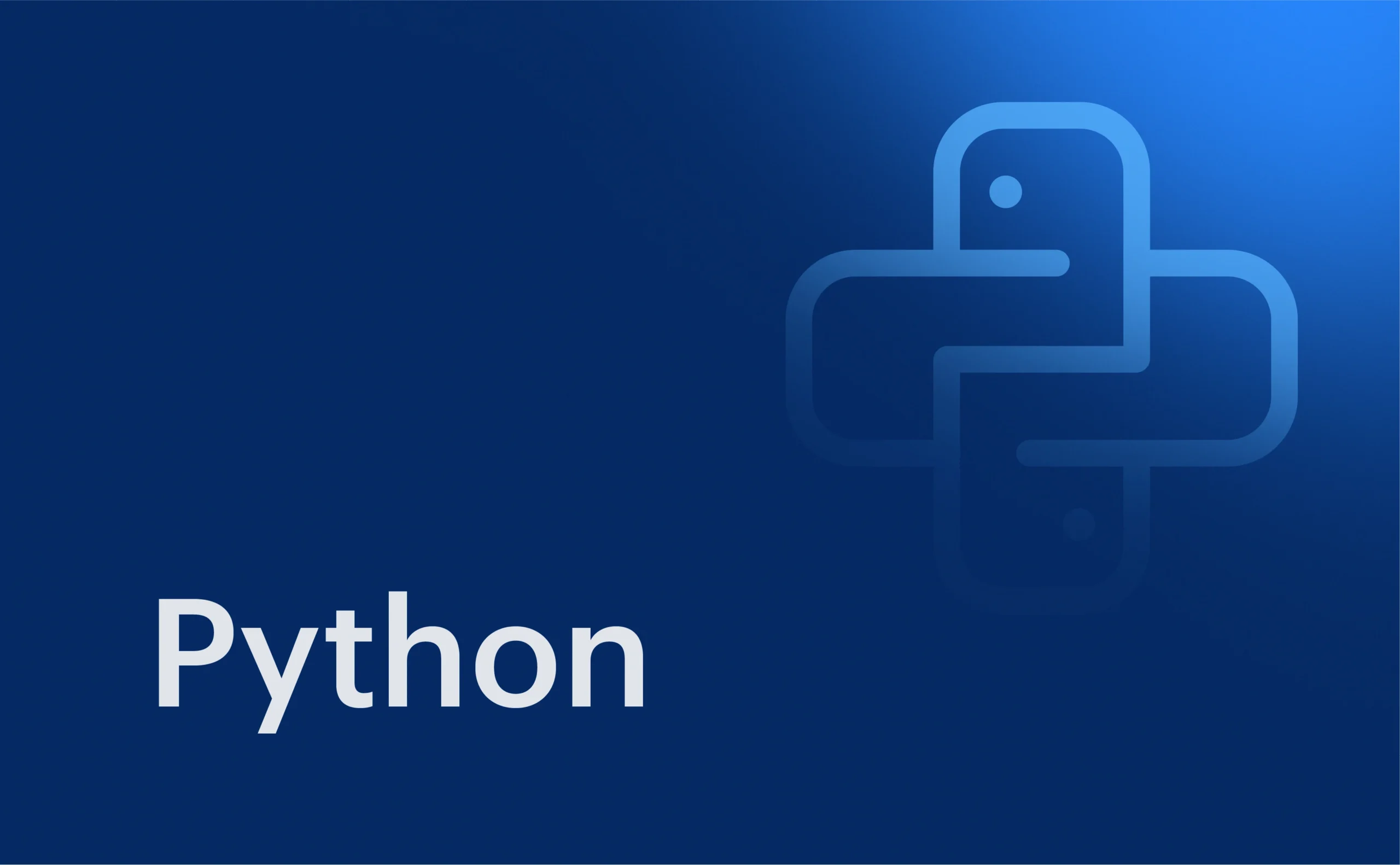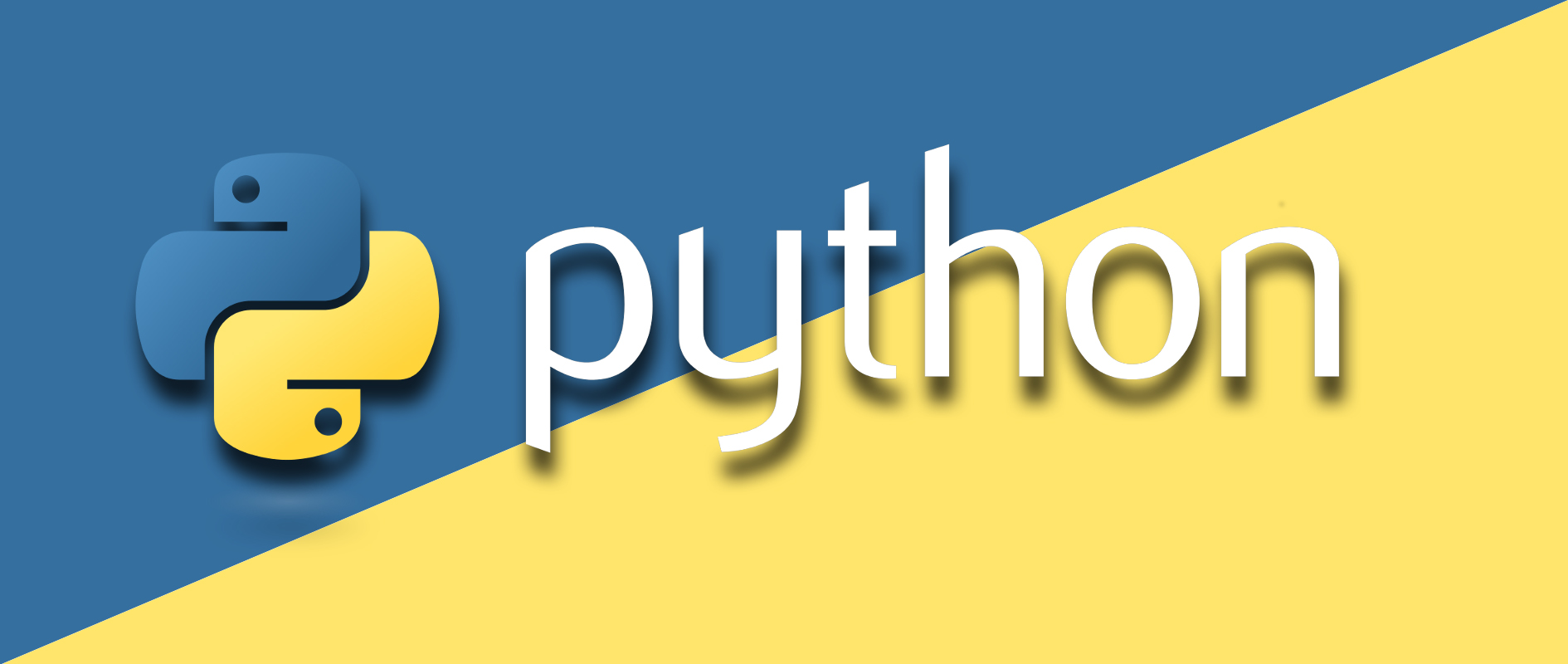Python is one of the most versatile, powerful, and user-friendly programming languages available today. Developed by Guido van Rossum and released in 1991, Python has since become a cornerstone in fields like web development, data analysis, artificial intelligence, machine learning, and more. Python’s simple and easy-to-read syntax, along with its extensive library ecosystem, has made it a favorite for both beginners and seasoned developers.
In this article, we will explore the features that make Python such a popular language, its uses in various industries, and why it continues to grow in popularity.
Why Python?
1. Simplicity and Readability
One of Python’s greatest strengths is its clean and readable syntax. Python is designed to be easy to understand and write, even for those with little to no programming experience. The code in Python often resembles plain English, making it easier for developers to follow and maintain code. For example, in Python, you don’t need to define the type of a variable, as the interpreter determines it automatically, which simplifies the process:
x = 10 # integer
name = "John" # stringThis simplicity allows developers to focus more on problem-solving than on syntax and complex structures, which is why Python is often recommended as a first language for beginners.
2. Large Standard Library
Python has an extensive standard library that covers everything from file I/O and system calls to web services and internet protocols. This rich library saves developers time by offering pre-built modules that allow them to perform tasks like web scraping, data manipulation, and even mathematical calculations without the need to reinvent the wheel. Examples of popular Python libraries include:
- NumPy: for numerical operations.
- Pandas: for data analysis and manipulation.
- Matplotlib: for data visualization.
- Requests: for HTTP requests.
- Flask and Django: for web development.
The availability of these libraries means that Python developers don’t have to spend time building functionality from scratch, enabling them to be more productive.
3. Cross-Platform Compatibility
Python is a cross-platform language, meaning that code written in Python can run on various operating systems such as Windows, macOS, and Linux without modification. This is particularly useful for developers who want to build applications that work seamlessly across different platforms. Additionally, Python runs on a variety of hardware, from desktop computers to embedded systems, making it a flexible choice for many use cases.
4. Community Support
One of the key factors behind Python’s success is its large and vibrant community. Python has a vast online community that contributes to its growth by developing new libraries, tools, and frameworks. Whether you’re facing a bug, need advice, or want to learn new techniques, you can rely on community support via forums like Stack Overflow, Reddit, or the official Python mailing lists.
There are also countless online tutorials, documentation, and courses available to help developers at all levels of experience. The Python Software Foundation (PSF) also helps manage Python’s development, ensuring that the language continues to evolve and stay relevant.
5. Support for Multiple Paradigms
Python is a multi-paradigm programming language, meaning it supports different programming styles. These include:
- Procedural programming: which focuses on writing procedures or functions to perform tasks.
- Object-oriented programming (OOP): where data and methods are bundled into objects, making it easier to manage and manipulate large data sets and create reusable components.
- Functional programming: a programming style that treats computation as the evaluation of mathematical functions and avoids changing state and mutable data.
Python’s support for these paradigms allows developers to use the approach that best fits their application, giving them flexibility in their design decisions.
Applications of Python
Python’s versatility means that it has a wide range of applications in different industries. Here are some areas where Python is commonly used:
1. Web Development
Python has become a popular choice for web development, largely thanks to frameworks like Django and Flask. These frameworks help developers build powerful and scalable web applications quickly and efficiently. Django, for example, provides an “all-in-one” solution, including everything from a built-in admin panel to ORM (Object-Relational Mapping) for database handling. Flask, on the other hand, is more lightweight and offers developers more flexibility in building customized applications.
Python’s ease of use, combined with the power of these frameworks, has made it a go-to language for web developers.
2. Data Science and Analytics
Python is a dominant language in the world of data science and analytics. Libraries like Pandas, NumPy, and SciPy allow data analysts to manipulate, analyze, and visualize large datasets with ease. Python also integrates well with big data technologies like Hadoop and Spark.
In addition, Matplotlib and Seaborn are widely used for creating static, interactive, and animated visualizations of data. Jupyter notebooks have become a standard tool for data scientists to document their work, share results, and build interactive reports.
3. Machine Learning and Artificial Intelligence
Python has become the de facto language for machine learning (ML) and artificial intelligence (AI). Libraries like TensorFlow, Keras, PyTorch, and scikit-learn provide powerful tools to build, train, and deploy machine learning models. These frameworks enable the creation of deep learning models, computer vision applications, and natural language processing tasks.
Python’s simple syntax allows data scientists and machine learning engineers to focus on developing models rather than struggling with language complexities. It also facilitates rapid prototyping, which is crucial for experimenting with different algorithms.
4. Automation and Scripting
Python is a favorite for automation tasks and scripting. Its ability to interact with various system components, coupled with its ease of use, makes it an excellent tool for automating repetitive tasks. For instance, Python can be used to:
- Automate file operations (reading, writing, renaming files).
- Scrape data from websites using libraries like BeautifulSoup and Selenium.
- Automate the sending of emails or messages.
- Interact with APIs to retrieve data or automate web-based actions.
Python’s ability to write concise and readable scripts makes it an ideal language for such tasks.
5. Game Development
While not as dominant as C++ or C#, Python is also used in game development. Libraries like Pygame make it easy to create 2D games quickly, while Python’s ease of use allows developers to focus on logic and gameplay rather than low-level details. For 3D games, Python can be integrated with game engines like Unreal Engine and Blender for scripting and automation.
6. Cybersecurity
Python’s simplicity and rich library support make it an excellent language for cybersecurity professionals. Security experts use Python for writing scripts to automate penetration testing, analyze vulnerabilities, and process large amounts of log data. The Scapy library is used for network analysis, while Requests is useful for web security testing.
Conclusion
Python is a powerful, flexible, and easy-to-learn programming language that has captured the hearts of developers worldwide. Whether you’re building websites, analyzing data, creating machine learning models, or automating tasks, Python has the tools and libraries to help you succeed. Its simplicity, combined with its vast ecosystem of libraries and frameworks, makes Python an ideal choice for both beginner and experienced programmers.
The future of Python looks bright, with continuous updates, a thriving community, and increasing adoption across various industries. Whether you’re just getting started with programming or looking to expand your skills, learning Python will undoubtedly open up many opportunities in the world of software development, data science, and beyond.




